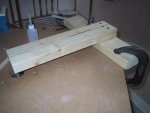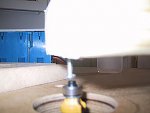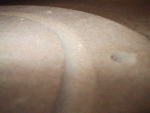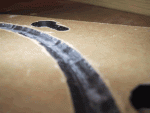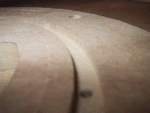Hey Modo,
That's really interesting. I want to look at it more closely and see if I can figure out how make it work under the table. The concept looks pretty much like the contraption I bought years ago as an overarm router setup (pictures earliere in this thread). I don't know why it couldn't also work upside down. In other words have one arm with the pin on the top, and another that holds the router underneath.
Thanks.
Hal
That's really interesting. I want to look at it more closely and see if I can figure out how make it work under the table. The concept looks pretty much like the contraption I bought years ago as an overarm router setup (pictures earliere in this thread). I don't know why it couldn't also work upside down. In other words have one arm with the pin on the top, and another that holds the router underneath.
Thanks.
Hal




